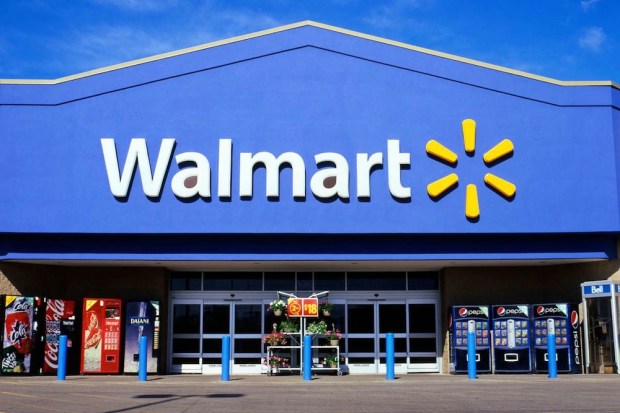Walmart Gaining Strength In Price War With Amazon

According to news reports from Reuters and data from pricing experts, retail consultants, vendors and company sources, Walmart may soon be able to match Amazon’s online pricing as the shrinking gap between the two sites is becoming increasingly apparent.
As of now, Walmart.com is only 0.3 percent more expensive than Amazon on average. By comparison, Walmart’s prices were approximately 3 percent higher than Amazon’s a year ago.
Categories of note include wearables, a sector for which Walmart is charging approximately 6.4 percent less than Amazon compared to last year’s 12.6 percent more on average. Sporting and outdoor products have also been a positive arena for Walmart, outdrawing Amazon with prices that are 1.3 percent lower.
These findings indicate Walmart isn’t just tossing up temporary discounts but has instead found a way to lower its prices across the board.
“We are committed to having online prices that meet or beat prices at other top sites,” said Walmart spokesman Dan Toporek.
He noted that online shoppers at Walmart also get to see two options for pricing: one for home delivery and one for picking up in store.
“Amazon’s prices are as low or lower than any other retailer, and we work hard for customers to ensure that’s true every day,” said Amazon spokeswoman Kate Scarpa.
Burt Flickinger, managing director of retail consultancy Strategic Resources Group, noted his data shows Walmart closing the gap with Amazon this year.
“What we have started seeing recently is Walmart lowering the gap with Amazon to a point where it is a photo finish,” said Flickinger. “Consumers can’t tell the difference anymore.”
It seems the lower pricing strategy is working out for Walmart as the megabrand has seen online sales grow 50 percent year-on-year as of the most recent quarter. Walmart accounted for 3.6 percent of total U.S. online sales in the 12 months to October 2017, up from a 2.8 percent share a year ago.
Amazon’s share of the U.S. eCommerce market stands at 43.5 percent, and about half of all households are Amazon Prime customers. Walmart still has work to do to catch up to that penetration.
